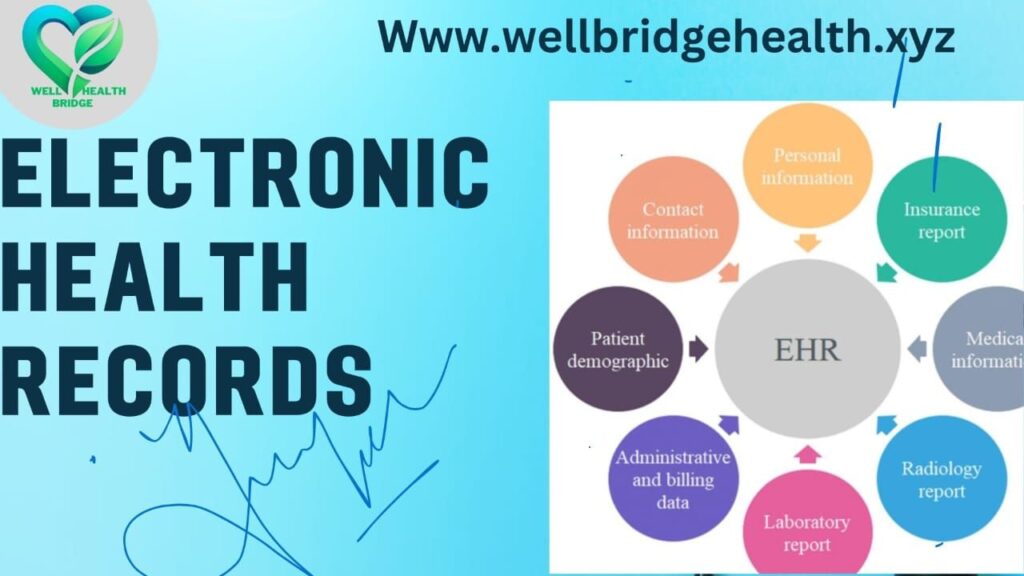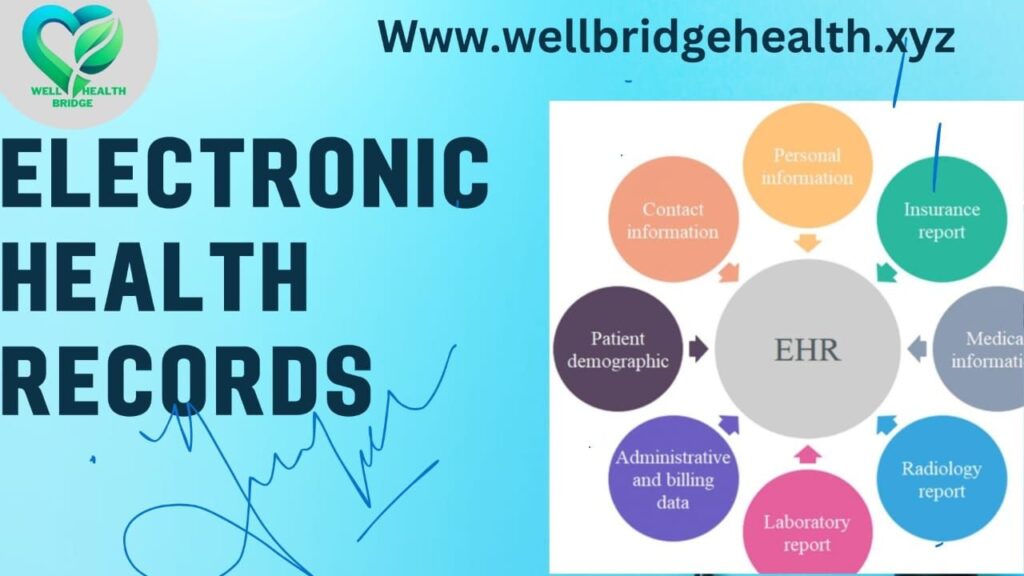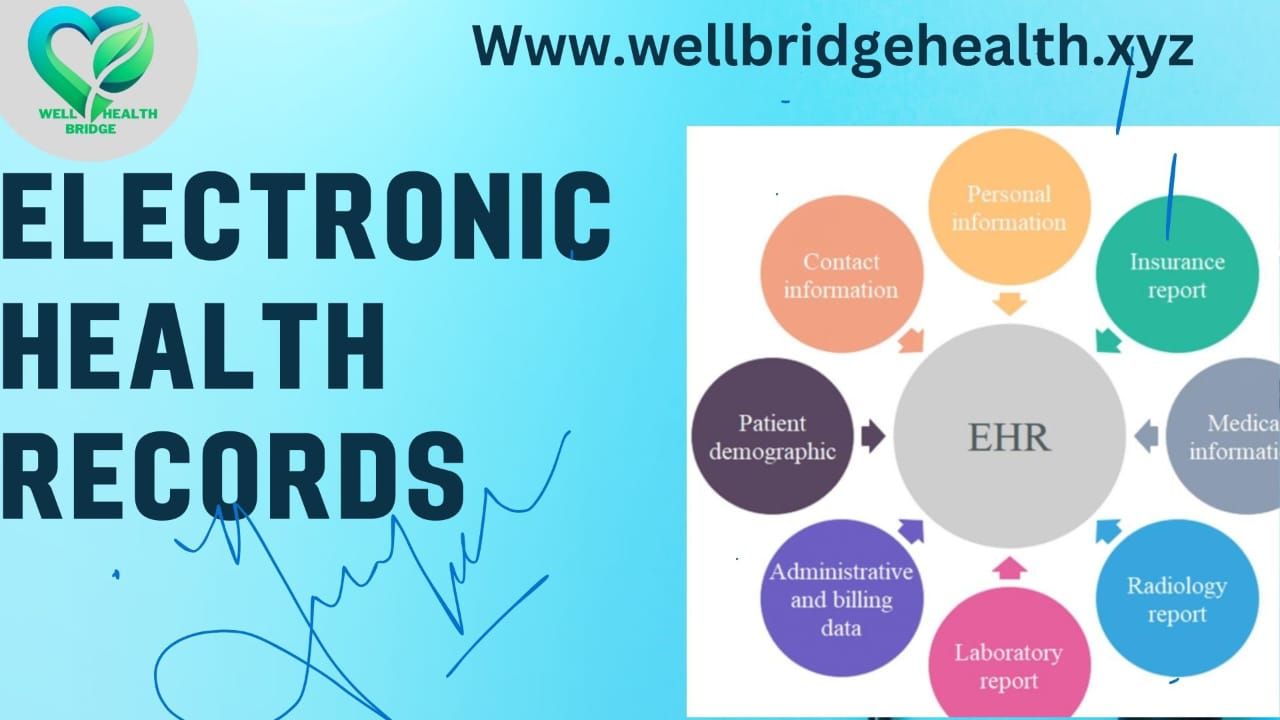
Telemedicine: Revolutionizing Healthcare Delivery
Telemedicine, the conveyance of healthcare administrations remotely through broadcast communications innovation, has been a transformative constrain in the restorative field, bridging holes in get to, proficiency, and quality of care. Whereas the concept is not completely unused, the headways in computerized innovation and the later worldwide wellbeing emergencies, especially the COVID-19 widespread, have quickened its selection and integration into standard healthcare. This exposition investigates the advancement of telemedicine, its benefits, challenges, and the potential it holds for the future of healthcare delivery.
Advancement and Development of Telemedicine

Telemedicine has its roots in the mid-20th century when healthcare suppliers started testing with transmitting restorative data by means of phone and radio. At first, its applications were constrained to farther meetings between specialists or giving care to patients in separated areas, such as provincial ranges or on ships at ocean. As innovation advanced, so did telemedicine, extending to incorporate video conferencing, inaccessible observing, and the utilize of portable wellbeing applications.
The approach of the web and the multiplication of smartphones have been especially instrumental in the development of telemedicine. These advances have made it conceivable for patients and healthcare suppliers to interface consistently, notwithstanding of geological boundaries. The COVID-19 widespread advance catalyzed this development, as social removing measures and the require to decrease the burden on healthcare offices made telemedicine a imperative instrument for conveying care.
Benefits of Telemedicine
One of the most critical focal points of telemedicine is its capacity to increment get to to healthcare. In provincial or underserved regions where restorative offices and pros are rare, telemedicine gives a life saver. Patients who would something else have to travel long separations for interviews can presently get to care from the consolation of their homes. This is especially useful for people with unremitting conditions, the elderly, and those with versatility issues.
Telemedicine moreover upgrades the effectiveness of healthcare conveyance. It decreases the time patients spend holding up for arrangements and minimizes the require for in-person visits, which can be time-consuming and exorbitant. For healthcare suppliers, telemedicine permits for superior administration of persistent loads, as they can conduct more interviews in a day compared to conventional in-person visits. This proficiency is too reflected in the taken a toll investment funds for both patients and suppliers, as telemedicine diminishes overhead costs and the require for physical infrastructure.
Furthermore, telemedicine progresses the quality of care by empowering persistent checking and convenient mediations. Farther checking gadgets permit healthcare suppliers to track patients’ crucial signs and other wellbeing measurements in real-time, driving to early location of potential issues and incite treatment. This is especially critical for overseeing incessant conditions such as diabetes, hypertension, and heart infection, where continuous observing is crucial.
Challenges and Limitations
Despite its various benefits, telemedicine is not without challenges. One of the essential concerns is the advanced partition, which alludes to the difference in get to to computerized innovation and web network. In numerous parts of the world, particularly in low-income and rustic regions, solid web get to is still a extravagance. This limits the reach of telemedicine and compounds existing healthcare disparities.
Another critical challenge is the issue of information security and quiet security. The transmission of touchy therapeutic data over the web raises concerns almost information breaches and unauthorized get to. Healthcare suppliers must follow to strict controls, such as the Wellbeing Protections Compactness and Responsibility Act (HIPAA) in the Joined together States, to guarantee that understanding information is secured. In any case, the expanding advancement of cyber dangers implies that this remains an progressing challenge.
Moreover, telemedicine cannot totally supplant in-person care. Certain restorative conditions require physical examinations, symptomatic tests, or methods that cannot be conducted remotely. In these cases, telemedicine serves as a supplement or maybe than a substitute for conventional healthcare.
The Future of Telemedicine
The future of telemedicine looks promising, with proceeded progressions in innovation set to overcome numerous of the current challenges. The integration of fake insights (AI) and machine learning into telemedicine stages can improve symptomatic precision, personalize treatment plans, and streamline authoritative forms. AI-driven apparatuses can analyze tremendous sums of information from farther observing gadgets, giving healthcare suppliers with experiences that empower proactive care.
Additionally, the extension of 5G systems will likely progress the quality of telemedicine administrations by giving speedier and more solid web associations. This will be especially useful for high-definition video interviews and the transmission of huge restorative records, such as imaging results.
Policy changes and administrative systems will too play a significant part in forming the future of telemedicine. Governments and healthcare organizations must work together to address issues such as repayment, permitting, and cross-border healthcare conveyance. Guaranteeing that telemedicine administrations are open, reasonable, and secure will be basic for its supported development and success.
Conclusion
Telemedicine has without a doubt revolutionized the way healthcare is conveyed, advertising a bunch of benefits in terms of get to, proficiency, and quality of care. Whereas challenges such as the advanced partition and information security concerns hold on, progressing mechanical progressions and strong arrangements are likely to moderate these issues. As telemedicine proceeds to advance, it holds the potential to make a more impartial, proficient, and patient-centered healthcare framework. The key will be to guarantee that its development is comprehensive, maintainable, and adjusted with the broader objectives of open wellbeing.


